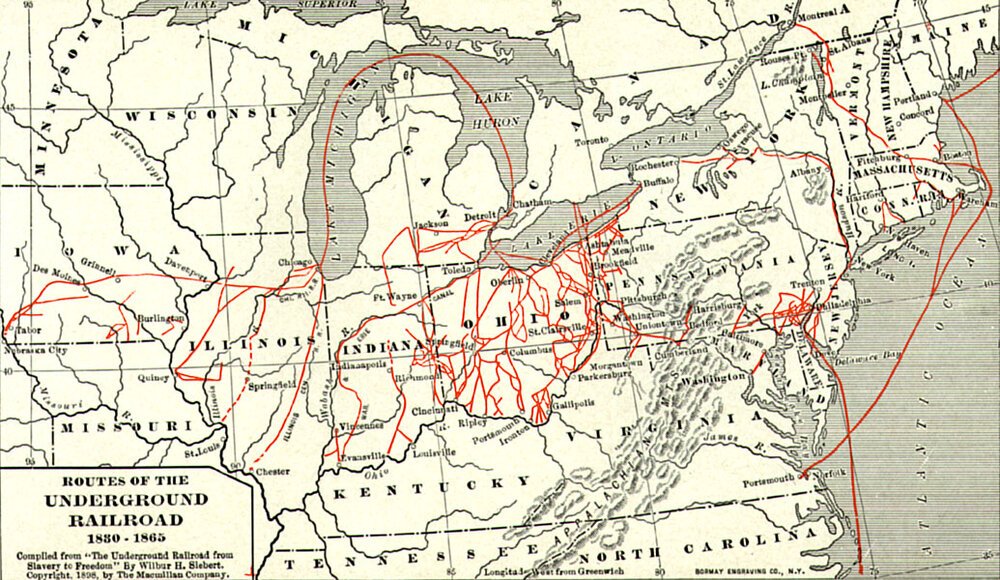These words taken from the Beatles’ song “Getting Better” resound with hope and I carry them with me often. They also inspire.
I just returned, on Sunday, from Sharing the Fire, the North East Storytelling Conference hosted and run by North East Story Telling, or NEST. It’s been going on for years, starting in the late 1970’s I believe and still going strong. It’s moved about it, and the format has changed, but for as long as I have been going to it it’s pretty much been the same: Keynote, featured teller, annual meeting of NEST members, an olio (showcase of storytellers) and closer, and in between all this, many workshops, and a few fringe performances. The keynote is usually very good and this year was no exception. Adam Booth came all the way from West Virginia bringing with him a flock of herons.
Adam with one of his herons
Adam is a great storyteller and many of his tales are Appalachian. This weekend he told a new story which used many of the motifs found in folk and fairy tales, myths and legends, a story that was very original. As he created The Heron’s Journey he worked with a quilt maker, a paper artist, puppeteer and dancer, all of which informed and, in some cases, changed the story. The tale itself took the arch of a creation myth but Adam reversed this arch, making something very compelling. It was a tale of re-birth, community, transformation, The People, and was filled with surprises and compassion. At the beginning of what felt like the last third of the story, the flock of herons took flight and flew through the audience. Okay, this is where the paper artist came into play; the herons were made of paper. They were huge, with a wing span of maybe two or three feet. They had vertical handles on them, and were passed through the audience by the audience, and was incredibly powerful. The quilt, which Adam carried in at the beginning, decorated with a crown, and with some of the Underground Railroad motifs (https://en.wikipedia.org/wiki/Underground_Railroad) sewn into it, suddenly took on a new meaning, a greater meaning. Later in the story the quilt was reversed and became another powerful part of the tale Adam was sharing with us.
The story was told with grace and not rushed, but still I feel it is a piece that I need to see again because they were so many layers in it - I am sure I missed a few!
In the keynote, the next morning Adam challenged us to look at working with other artists, something I have been thinking of doing for a long time and tried out when Megan Wells and I performed The Magic Flute as a storytelling piece. Working with the quilt maker, Adam gave them some free-reign within the parameters of what he needed, and the image on the reverse side of the quilt caused the story to alter a little. The paper artist created the herons and when he was working on talking to them, he realized that addressing one instead of the group worked better. The dancer informed his movement on stage which in turn helped him find entry to parts of the story he struggled with.
There are a couple of other projects I want to do myself, beyond The Magic Flute. One is slowly coming together this year. This challenge Adam threw down, as it were, was a gauntlet of sorts, thrown down to help us create better work. We don’t have to work with paper artists, dancers and quilt makers but collaboration can help us see our own work in a new light. It might shine on areas where we have weakness, and working with another person can help fix that.
The gang on Tuesday night. We used a recording of Norm who was with Anne in Norway
Tuesday night Paul Strickland came over and we shared my garage to broadcast our stories in our TBD Concert with Antonio Rocha, Jeff Doyle, Ingrid Nixon, and Norm Brecke. Anne Rutherford, another member of the group, wasn’t telling stories that night. Paul told a folk tale, as straight as Paul can. He is a surrealist, of sorts, and a self-declared post-modernist! To hear Paul tell a folktale like he did make my mind creak in a new direction. It made me think of ways I can be better, get better and improve my craft. And we can all do this.
Find people who inspire you, watch their work, see what they do. Look at photographs and artwork, to inspire you. You can find prompts in things like this, even from photos in magazines or on-line - a glance or poise in a picture might make you think of a way you could portray a character in your stories, and this can apply to writing too. Go to plays and see how the performance is staged. Seeking out others can only improve your art and craft, no matter what it is.
Anyway, I am guessing you’ve spent enough time away reading this, rather than doing what you should be doing, so I will lay off and let you go.
Thanks for reading this, and being here with me on this journey of life.
Stay well.
Peace,
Simon


